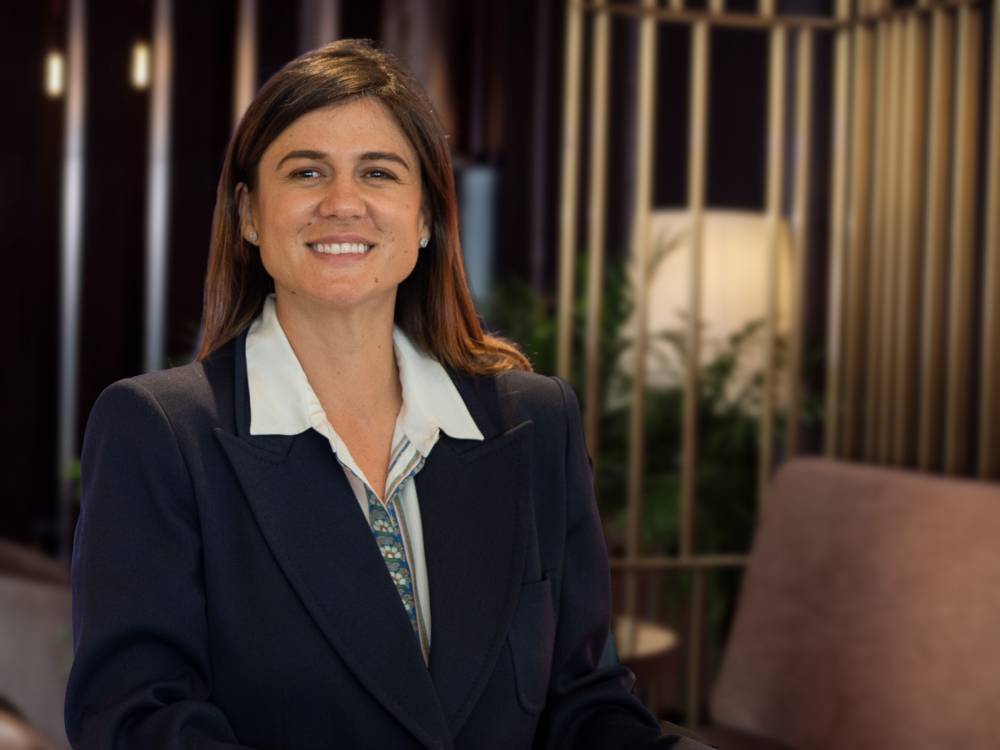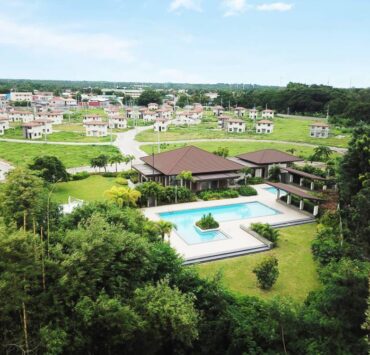How creativity is reimagining Filipino lifestyles at Ayala Land

Creativity has claimed a seat in the boardroom of one of the country’s biggest developers.
At Ayala Land Inc., it has become an essential, strategic force now helping shape the company’s refreshed vision for modern Filipino living.
“I’m grateful that the company sees value in creativity. Creativity is now at the center of the conversation for the very first time,” said Ayala Land creative director Paloma Urquijo Zobel de Ayala, over drinks at the refurbished Seda Abreeza in Davao City.
This role, which now spans across practically all segments of the property giant’s operations, places her in a unique space, where design meets business and culture in equal measure. Zobel de Ayala explained that beyond design and aesthetics, creativity in this workplace is more about collaboration, strategy, branding, and most importantly, about defining the “why” in every development and estate it builds.
This distinct approach, however, wasn’t shaped by corporate playbooks. It was honed prior to joining Ayala Land, when she was out in the field, among weavers’ looms, artisan workshops, and in community-built spaces.

A bigger stage
Before joining Ayala Land Hospitality as creative director in 2023, Zobel de Ayala founded PIOPIO, a lifestyle brand that worked with weavers, woodcarvers, and artisans. She also cofounded Kalye Artisano, a mixed-use development in Palawan that integrates culture, community, and sustainability, and which is home to the country’s first Earth School.
“I was doing all of this on a small platform,” she recalled. “When I was given this opportunity (to be a creative director at Ayala Land), I thought this is a way to take everything I’ve seen in these amazing communities and put them on a bigger stage for the world to see,” she said.
Zobel de Ayala’s formal training—a degree from Parsons School of Design and a Master’s in Strategic Marketing from Imperial College London—gave her the tools. Her work with artisans meanwhile gave her the lens. And those lens are now trained on large, complex developments such as hotels, resorts, residential towers, offices, and estates.
From this perspective, she finds herself returning to some essential questions.
“How do we redefine (the new projects)? How do we reimagine it, and how do we make it relevant for the next 50 to 100 years to come? How do we balance an international mindset, but also make it Filipino at the same time? We want to make sure that (these developments are) staying true to the Ayala brand and to our Filipino values,” she explained.
Creativity as the bridge
Zobel de Ayala thus sees her role as the bridge between the creatives and the business team, helping ensure that creativity and commercial viability stay in balance.
“You can be given a brief and a project. But what I really help the teams visualize is why we’re doing it—giving it that soul and personality. From there, we create the narrative and then let the teams go and fly and be creative on their own,” she said.
And this is critical especially since real estate can easily become a game of repetition: another tower, another hotel, another estate. Essentially, Zobel de Ayala’s job is to interrupt this autopilot.
Instead of just saying “we need a 200-room hotel,” she works with teams to articulate a story: Who is this for? What should they feel when they arrive? What does this place teach them about where they are? That narrative then guides everything, from the architecture, interiors, food and beverage, down to the operational details.
“It changes everything. It changes the way we build and the way teams work together,” she said.
Feelings by design
Inside the hotels, for example localization becomes subtle and deliberate. Art in the hotels like Seda Abreeza is by local artists. Menus go beyond standard hotel fare and feature local cuisine. Standardization exists—good room, good bed, good bath, which she said are non-negotiables—but each property still speaks the language of its city.
“What we do with design is not just the visuals. Hopefully, we’re able to allow people to feel certain things. When you walk into the room upstairs, (you should feel that) you couldn’t wait to get into bed. That’s a feeling provoked by design—the warm laminates on the wall, the warm tones, warm lighting, fluffy duvet. It’s about (stirring) that feeling in you, like I’m cozy and I’m home. That’s how we want Seda to be,” Zobel de Ayala explained.
In residential developments, they also want to ensure that they are “not just building a building and hoping that people come. We’re making sure these spaces reflect the behavior and aspirations of the people we want to move in.”
“At the end of the day, I just want to create spaces and places that people love,” she concluded.

















